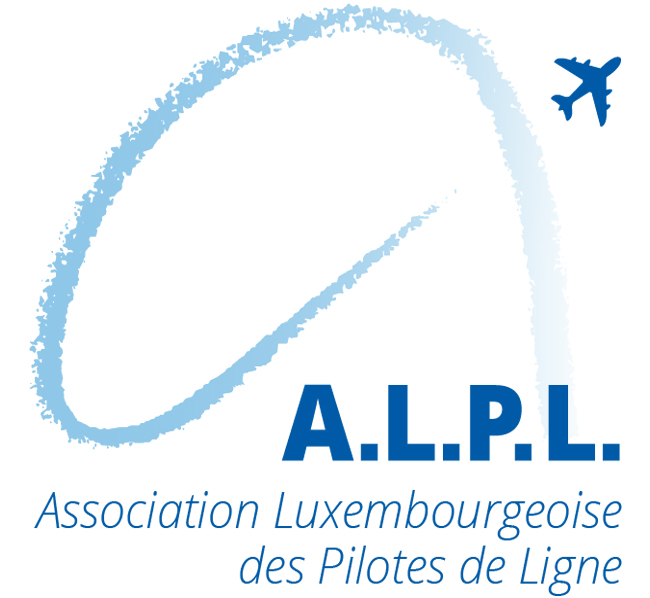Recently you may have received an email from your Flight Operations departments to participate in the European Commission/EASA Research Study “Effectiveness of Flight Time Limitation (FTL)“.
ALPL as a member of the European Cockpit Association (ECA) and an active participating member of the Flight Time Limitation Working Group (FTLWG) we strongly recommend that you participate in this survey.
When these regulations became applicable, ECA and its members were critical that not enough safeguards were in place to protect pilots on fatigue and therefore 6 key issues of concern were written in the EASA FTL (EU Regulation 83/2014) to be scientifically reviewed.
This is an opportunity for you to highlight to EASA the concern of fatigue hotspots. Please read the guidelines below to assist you in completing the survey.
If you have any questions please send an email to George Karambilas at george.karambilas@alpl.lu. George is a member of the ECA FTLWG.
Guidance for EU FTL online Survey
Aircrew fatigue is a serious safety issue in Europe and beyond. This is why EASA and the EU Commission asked a research consortium to carry out a data-driven scientific study on EASA FTL rules and their effectiveness to combat crew fatigue. This study will be kicked-off by a generic Survey – to be filled in by as many pilots as possible.
This survey will allow the researchers to identify the most pressing 2 Fatigue Hotspots, out of a list of 6 key issues of concern. The survey closes on 11 April 2017, so your input is needed as soon as possible.
The survey contains many questions. Therefore – and to allow you to complete it within 10 minutes – we advise you to focus on the essential parts of the survey. This means:
- Fill in only those questions that are mandatory (marked with a red *).
- Early in the survey, 6 key FTL issues will appear. Click all those issues that affect you in your daily operations.
- Do absolutely provide a rating of the fatiguing impacts on the proposed 1-9 scales.
- Provide your type of airline (at the survey’s beginning) and type of contract (at the end of the survey).
- Reply to the more detailed ‘text box’ questions only if you wish so and have time.
For more details on the study and related survey, follow this link.




